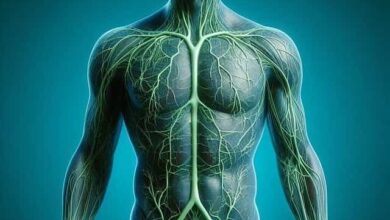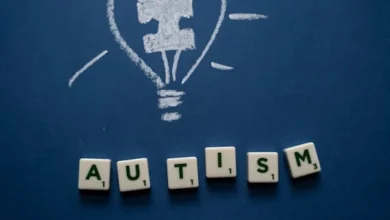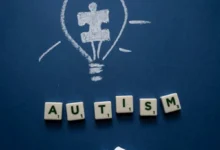Endeavors to Eradicate Polio Virus from the World through 5 Effective Ways
Polio Virus

What is Polio and Polio Virus?
Poliomyelitis is a condition occurs due to polio virus that can cause a lifetime of damage to both the body and mind. It’s an infection due to polio virus, and it results in a range of symptoms, including fever, muscle pain, stiff neck, back pain, headaches, joint pain, and a sudden drop in blood pressure. In 2024, Pakistan has reported 2 WPV1 cases.
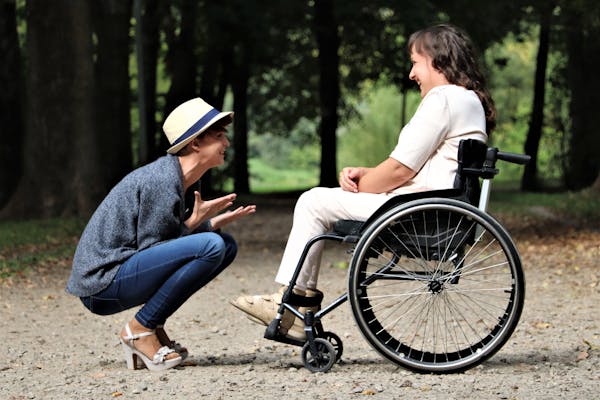
GPEI (Global Polio Eradication Initiative) is helping to eradicate polio virus from globe and succeeded to vaccinate more than 2.5 billion children till now. Almost 99% polio virus cases from 350000 cases are controlled through active and urgent participation and involvement of concerned agencies, Governments and donors.
GPEI continue to vaccinate around 400 million children per year and undergo intensive surveillance in almost 70 countries. More than 20 million volunteers and more than 14 billion dollars investments are contributing in polio virus eradication cause with active participation of 200 countries of the world.
Polio virus has several strains, but they all share one thing in common, which is the long-term effects it has on the brain. This can include difficulty speaking or swallowing, memory loss, impaired cognitive function, and even paralysis.
Polio virus causes Polio which is a contagious disease that can affect children as young as two years old. Children are particularly at risk, since they spend more time outside than adults do.
In fact, polio is one of the most common childhood diseases in the world, affecting up to 15 million children each year. If the virus is not treated early, it can lead to permanent disabilities.
When polio virus contracted in adulthood, victims may experience debilitating anxiety, depression, and other mental health conditions. But once it’s been eliminated from the population, there will be no known cases of its transmission.
Wild Polio Virus and World Health Organization Effort
WHO Director General convened a meeting under International Health Regulations on March 20, 2024 to look into the conditions of wild polio virus in different countries and circulating vaccine derived polio virus (cVDPV). The aim is to eradicate polio till 2026 and cVDPV till 2028. The major focus was on Pakistan, Afghanistan, Sudan, Mozambique, Indonesia and Angola.
In 2024, Pakistan witnessed 2 WPV1 cases both from Baluchistan Province (one from Dera Bugti and other from chaman). However positive environmental samples reduce from 125 in 2023 to 34 in 2024.
Pakistan is also working along with Rotary International for polio eradication initiative.
Polio Virus Symptoms
Although polio virus is deadly yet in most of times it does not represent visible symptoms. It is observed that almost 25% of cases it presents flu like symptoms which may entails following signs and symptoms:
- Fever
- Nausea
- Headache
- Pain in stomach
- Sore throat
- Lethargy and tiredness
The above mentioned symptoms may continue to expose from 2 to 5 days and then vanish. However, polio virus may cause display serious symptoms as well due to intense adverse effects to spine and brain.
Paralysis and Death
Depending upon the nature and type of polio virus it may cause partial or complete paralysis in about 1 case in 200 children to 1 child in 2000 depending upon severity of virus.
The problem start to escalate from showing symptoms of weakness of arm, leg or any part of body which is known as Acute Flaccid Paralysis (AFP) which needs to be addressed in urgent manner. In this connection, it is clear guideline to report any child less than 15 years of age found with sudden muscle weakness.
Polio virus may also cause death when polio virus affects the muscles which are vital for breathing function.
Meningitis
It is an infection of spinal cord and brain which is extremely lethal and deadly. It may occur up to 5 per 100 people with polio virus infection.
Transmission, Prevention and Treatment of Polio Virus Infection
Polio virus is contagious and may spread one to another. It resides in intestine and gut of infected person. It may contaminate food under unhealthy and unsanitary living conditions.
It can be transmitted from contacting or exposure to infected person feces, coughing/sneezing droplets. It enters into a person body through mouth and replicate in gut.
An infected person may spread polio virus to others up to 2 weeks.
Polio virus could be preventive through following measures:
- Oral polio vaccine
- Inactivated polio virus vaccine (IPV)
Normally, polio virus presence is detected through stool sampling but sample of urine, blood, throat swab and MRI may also be used to diagnose polio virus.
Polio virus has no valid cure or treatment up till now which make it even alarming and problematic.
The first outbreak of polio was recorded in 1947 in New York City, where a boy died after being paralyzed for several weeks. Since then, various forms of the disease have emerged throughout the US and globally, causing many children to become paralyzed due to weakened immune systems, poor hygiene, and unsafe water supplies. However, despite these challenges, many countries continue to vaccinate their populations against this fatal disease.
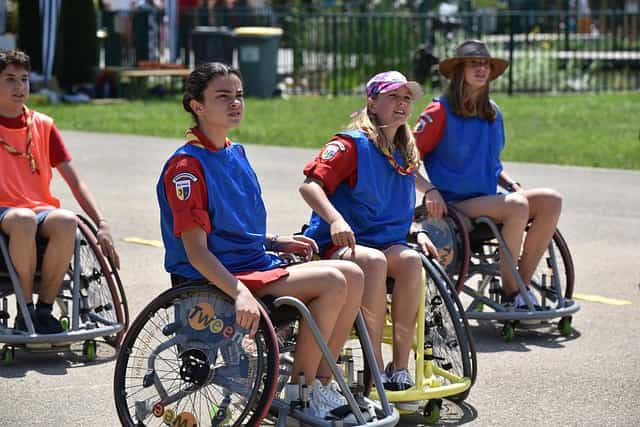
How to Eliminate Polio Virus from the Globe by Using 5 Ways?
Regularly check your child’s immunizations (vaccination)
There is still no definitive cure for polio virus, but we can reduce its impact by routinely checking immunizations. Vaccines work by teaching our bodies how to recognize and fight off a particular pathogen. They help protect us from illness by giving us antibodies. These are substances made by the immune system that fight off harmful pathogens and prevent them from reproducing or spreading.
Vaccines against polio include those developed by the Centers for Disease Control and Prevention (CDC), the United States Department of Defense, and the Global Alliance for Vaccines and Immunizations (GAVI). Although vaccines come in many different flavors, you can find some basic ones like yellow jabs or bivalent shots. You cannot buy these products yet because of safety issues.
Be careful when drinking tap water
Water can transmit infections, so be sure to properly dispose of all used and dirty water before disposing it. Look out for pests like mosquitoes, ticks, and lice, and clean up any small objects that may have come into contact with the water. Your water supply should always be changed regularly to avoid germs and bacteria that can spread easily. Additionally, make sure to keep your faucets and toilets well-ventilated and drain well.
Keep livestock healthy
Livestock are a major source of animal protein that can increase your risk of getting sick with infectious diseases. Because of this, keeping your animals healthy can reduce your risk of contracting an infectious disease.
For example, if you’re planning a family trip to visit a farm, there are steps you can take to ensure you stay safe.
- First, have them vaccinated for polio (or measles) if necessary.
- Second, follow sanitation measures like washing hands frequently, disinfecting utensils, and keeping the house clean.
- Third, never feed wild animals (such as rabbits, dogs, cows, pigs, and chickens).
- Fourth, take precautions when taking care of your pets, especially if they roam around. As well as vaccination, prevention is crucial when caring for livestock. By following these guidelines, you’ll be able to reduce your risks of getting sick with an infectious disease.
Use water filters
Good filtration should be the foundation of every home and household. Even though viruses are notoriously difficult to control, they may still be present if the system is not designed properly.
Some types of filtration include activated carbon, sand, activated charcoal, and membrane technology. Many of these are available at local stores and grocery stores, at prices much lower than regular bottled water. Just be sure to read the fine print on any filter before using it. Here are some things to consider before buying a new water filter:
● Make sure it has proper sealing and protection for the inside of the pipes before putting it in use.
● Consider installing a sediment filtering system. Sediment and biological contaminants can build up in the filters over time, creating a breeding ground for microbes, especially those that infect humans and animals, according to the Environmental Protection Agency.
● Avoid purchasing bottled water in plastic bottles since plastic can degrade quickly if exposed to air. Instead, opt for reusable stainless steel bottles or cans.
Wash hands thoroughly
The way you prepare your hands during healthcare is just as important as the actual procedure itself. Hands are often exposed to dirty environments and are at greater risk for transmission.
Water filters are essential components of good filtration. They catch any particles in the water that aren’t suspended in the liquid, like dirt, leaves, bacteria, or parasites.
Hand washing can prevent the transfer of pathogens from hands to other surfaces and between people and animals. Plus, hand washing helps remove any remaining dirt on the skin. That said, it can also decrease your chances of transmitting the virus.
So while it is recommended to wash your hands before preparing anything else for lunch, don’t forget to wash your hands before eating meals.
Conclusion
In conclusion, the polio epidemic can be prevented with effective preventive measures, such as vaccine and vaccinations for kids under five years old, regular check-ups with health care providers, and maintaining high standards of hygiene. We can save lives by constantly reminding everyone to be cautious and practicing better hygiene practices. With continued vigilance, we can eradicate polio from our planet and bring peace to families all over the world.
FAQs
What is polio?
Poliomyelitis is a condition occurs due to polio virus that can cause a lifetime of damage to both the body and mind.
What are symptoms of polio?
It’s an infection due to polio virus, and it results in a range of symptoms, including fever, muscle pain, stiff neck, back pain, headaches, joint pain, and a sudden drop in blood pressure.
Is there any treatment of polio?
No
How polio could be prevented?
Through oral polio vaccine and inactivated polio vaccine (IPV)

